
超聲波清洗機的電鍍領域運用介紹
作者(zhě):創始人來源:http://www.ahfanglei.com/時間:2023-12-07
電鍍中,預處理的用意為了往除工件表麵存有汙物(wù)及雜質,使之(zhī)成(chéng)為(wéi)適宜電鍍的活性表麵。電鍍品質不良原由較多是預處理欠好。而預處理欠好,大多(duō)未應用超(chāo)音波清洗設備。
In electroplating, the purpose of pre-treatment is to remove dirt and impurities from the surface of the workpiece, making it an active surface suitable for electroplating. There are many reasons for poor electroplating quality, which are due to poor pre-treatment. However, the preprocessing is not good enough, and most of them have not applied ultrasonic cleaning equipment.
電鍍前處理時會必要依據工件的具體情況,選用適合的方(fāng)法進行(háng)合理清洗。金屬基材一般分為衝壓件和壓(yā)鑄件。衝壓件上邊的油漬為一般衝壓油,因其密度非常高所以比較隨便清洗。一般可用酸洗、電解等。而鋅、鋁、銅等壓(yā)鑄件屬較難清洗的因壓鑄(zhù)件中添加了各種元素,此外在成形、拉漲、壓延、切削、拋光(guāng)的(de)過程(chéng)中還有必要運用各種油品,如機油、拋光油(yóu)等(děng)。

During the pre-treatment of electroplating, it is necessary to select suitable methods for reasonable cleaning based on the specific situation of the workpiece. Metal substrates are generally divided into stamped parts and die castings. The oil stains on the top of the stamped parts are ordinary stamping oil, which is relatively easy to clean due to its high density. Generally, acid washing, electrolysis, etc. can be used. Zinc, aluminum, copper and other die castings are difficult to clean due to the addition of various elements in the die castings. In addition, it is necessary to use various oil products such as engine oil and polishing oil in the processes of forming, stretching, rolling, cutting, and polishing.
有關超聲波清洗機而言,機油(yóu)能夠輕鬆往(wǎng)除。但拋光油分成黃(huáng)油白油、綠油等,這(zhè)比(bǐ)較難以往除。因此,有必要選擇適(shì)合的超聲清洗設備及清洗液。
Regarding ultrasonic cleaning machines, oil can be easily removed. But the polishing oil is divided into butter, white oil, green oil, etc., which is difficult to remove. Therefore, it is necessary to choose suitable ultrasonic cleaning equipment and cleaning solution.
超聲頻率一般為20-100KHZ之間。一般工件的預處理,一般采用低頻、中功率的超聲清洗設備,如頻率25-28KHZ,功率1W/cm。由於低頻比高頻在介質中隨便發生空蝕,有關(guān)外形簡易、並不十分細致的工(gōng)件(jiàn),超聲波清洗機能符合要求。特征是噪聲較大價格便宜。對一些細致度較高的工件,現(xiàn)使用的(de)一般均為高頻40-68KHZ大功率的超聲清(qīng)洗機。因此(cǐ)類清洗機關(guān)於間隙、間隙(xì)、深孔、埋(mái)孔等表麵形繁雜的工件(jiàn)清洗效果較(jiào)好。可是超(chāo)聲清洗的效果隻是有溶液到達的地方才能起到清洗效果。也是說要避免深孔、埋孔含有氣體,而且要留意雜(zá)質下落、油漬上漂和處理清洗不(bú)到位的狀況。
The ultrasound frequency is generally between 20-100KHZ. The pre-treatment of general workpieces generally uses low-frequency and medium power ultrasonic cleaning equipment, such as 25-28KHZ frequency and 1W/cm power. Due to the random occurrence of cavitation in the medium at low frequencies compared to high frequencies, ultrasonic cleaning can meet the requirements for workpieces with simple and not very detailed shapes. The characteristic is high noise and low price. For some workpieces with high precision, the commonly used ones are high-frequency 40-68KHZ high-power ultrasonic cleaning machines. Therefore, this type of cleaning machine has a better cleaning effect on workpieces with complex surface shapes such as gaps, gaps, deep holes, and buried holes. But the effect of ultrasonic cleaning can only be achieved where the solution reaches. It also means to avoid deep holes and buried holes containing gas, and to pay attention to the situation of impurities falling, oil stains floating, and inadequate treatment and cleaning.
推薦產品
推薦文章
 公司:濟南科爾超聲波設備有限公司
公司:濟南科爾超聲波設備有限公司  熱(rè)線:18663767799
熱(rè)線:18663767799 地址:山東省濟南市濟陽(yáng)區創業路與啟航街交叉口南40米
地址:山東省濟南市濟陽(yáng)區創業路與啟航街交叉口南40米





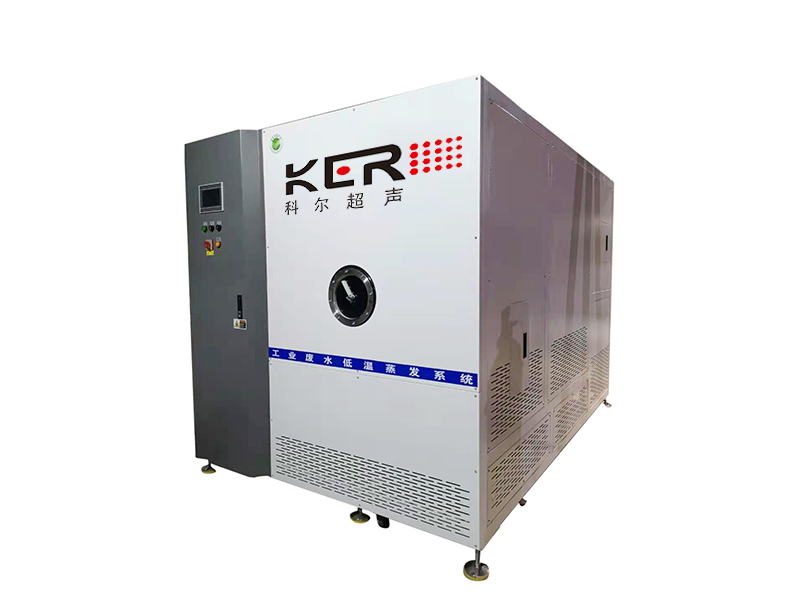
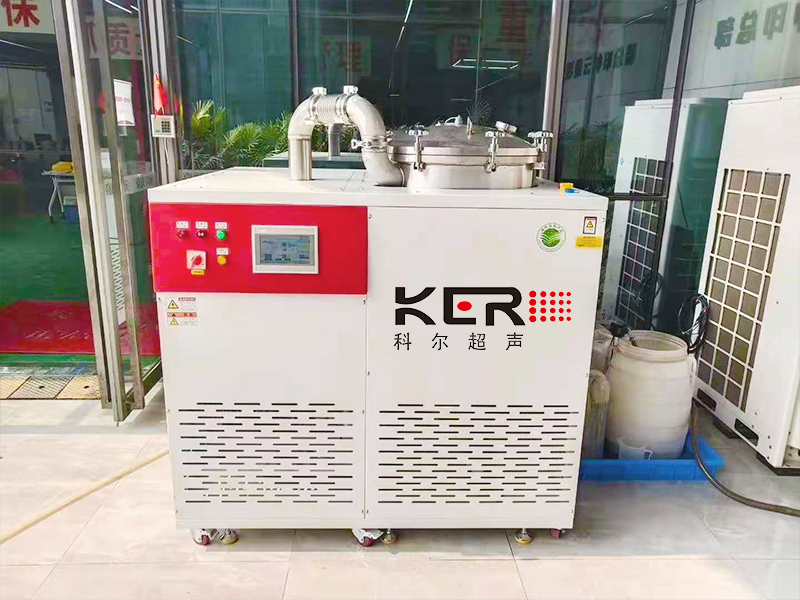
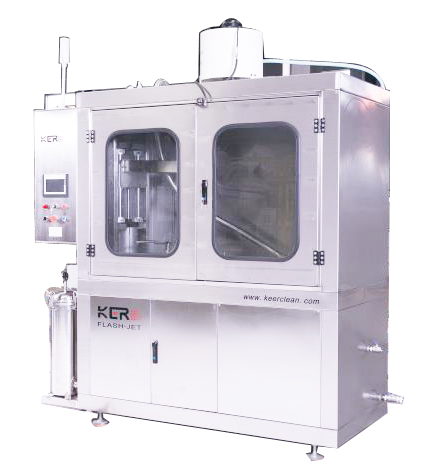
 新(xīn)聞資訊
新(xīn)聞資訊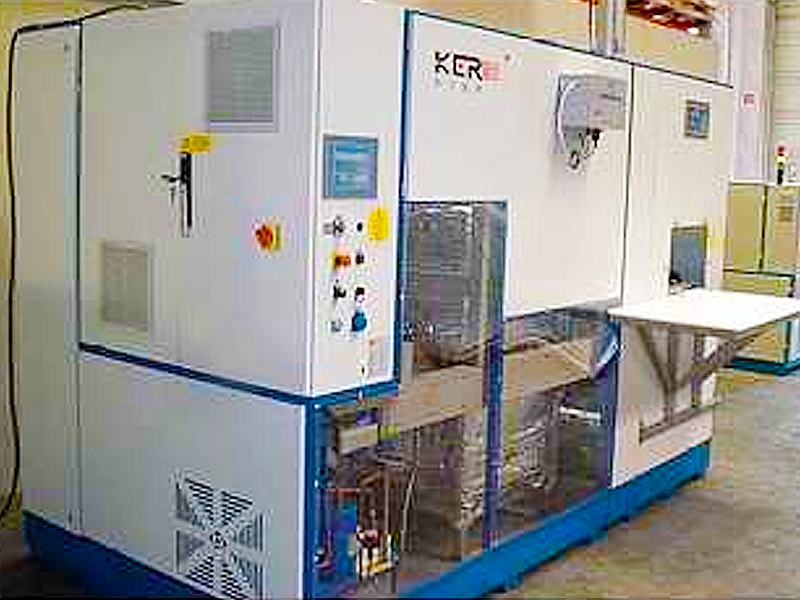
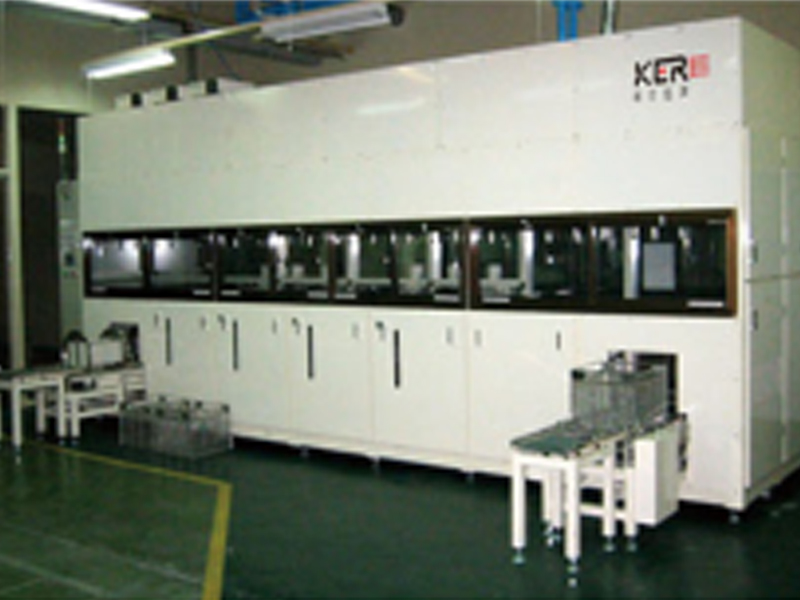
 聯係91污
聯係91污
 谘詢電話:18663767799
谘詢電話:18663767799 E-MAIL:jnkergs@163.com
E-MAIL:jnkergs@163.com 地址:山東省濟南市濟陽區創業路與啟航街交叉口南40米
地址:山東省濟南市濟陽區創業路與啟航街交叉口南40米 魯(lǔ)公網安備 37011202001385號
魯(lǔ)公網安備 37011202001385號
